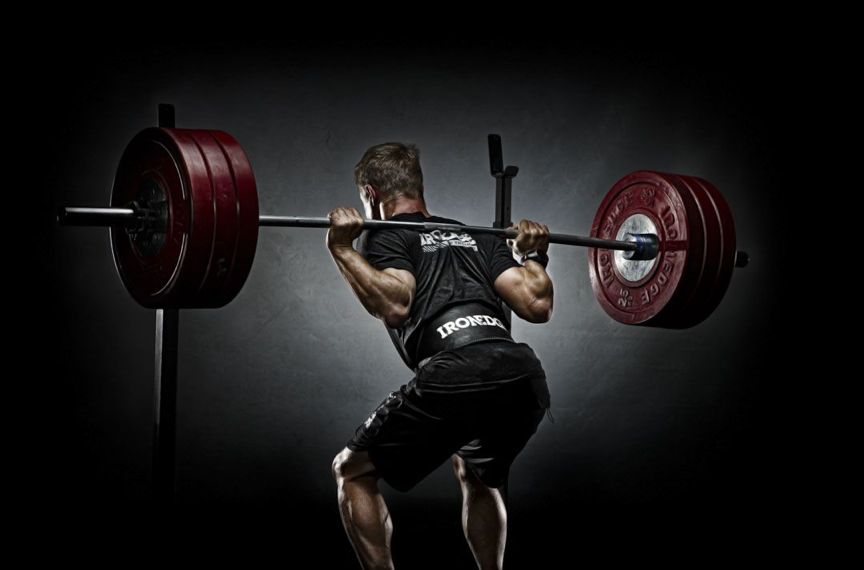In recent years, there has been a positive shift towards a more exercise-conscious community including those within the Macedon Ranges and Greater Melbourne. With this there has been an increase in gym-based training for conditioning, health and sports performance purposes to name a few. Consequently, health professionals including osteopaths have experienced an increase in numbers of patients with pain and injuries resulting from gym-based training. These may be acute (recent) injuries or chronic (long-term) injuries in one or many areas that appear to increase in pain severity in episodes after training.
Often, those who train with weights (heavy, moderate or light) and machines (cardio, assisted weights or cable pulleys) have a “niggle” that often increases in pain severity after increasing the demands of training, whether it is heavier weight, extra repetitions or a higher setting on the cross-trainer. These sources of pain are often accompanied by a pattern throughout other areas of the body that develop as the body compensates for the impaired function of that particular area. For example, a common area of pain in weightlifters is the rib joints between the shoulder blades, which become irritated with the stress on each joint as a result of lifting weights. These may cause discomfort, yet the weight lifter may continue their training without a conscious effect on their function, however the body compensates and utilises areas above and below the source of pain to provide adequate function. Over time a new complaint in the neck or low back may arise and function in the gym now becomes much more difficult.
A solution to the problem above is to seek pain relief and guidance via health professionals such as osteopaths to help improve joint mobility, reduce soft tissue tension and increase the quality of functioning. However, the underlying reason as to why the pain occurred originally must be identified, which may be an unknown muscular deficiency or imbalance in the stability surrounding the area of pain (the stability of the shoulder blades in the above case may be the cause for example). Osteopaths can help by firstly examining and diagnosing the problem, then reducing your pain via manual osteopathic treatment techniques including soft tissue massage, joint articulations and manipulations, muscle energy technique, to name a few. Following this, the underlying cause must be identified and managed appropriately via treatment and rehabilitation plans to help reduce the risk of future recurrence and enhancing the quality of your training technique and performance as a result.
At Ranges Osteopathy and Performance, director and principal osteopath Dr Timothy McCormick can assess your quality of relevant lifting movements including squats, deadlifts, lunges, presses, rows, pulls (and many more) in conjunction with an osteopathic assessment to identify deficiencies or underlying biomechanical issues that may be contributing to your pain, whether it’s the first time or a recurrent problem. Dr McCormick has experience with strength & conditioning via previous osteopathic work in a gym, with a local football club, professional development courses and via his own training interests. He is also now accredited as an ASCA Level 1 Strength & Conditioning Coach.
